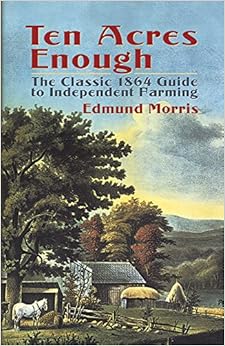I just wanted to share this website I found dedicated to antique farm tools of the British Isles. The website description reads :
"Peter Charles Dorrington collected and restored over 750 antique farm tools between 1985 and 2001. Most of these tools were agricultural hand implements and fenland tools that were used in England, Wales and Scotland, dating from about 1600 to 1940, for example: "chaff cutters", "flails", scythes", "dibbers" and "breast ploughs". Photographs of roughly half of the tools that are still in the collection are included here. Information and notes on some of the tools are also included.
In pre-industrial societies, throughout the world, most people worked as agricultural labourers. Indeed many of the types of hand farm tools on this website might have been used by your own ancestors..."

The website has an exhaustive photo collection farming tools of the pre-industrial era. Please give it a look. An excellent resource.
View the website here.









